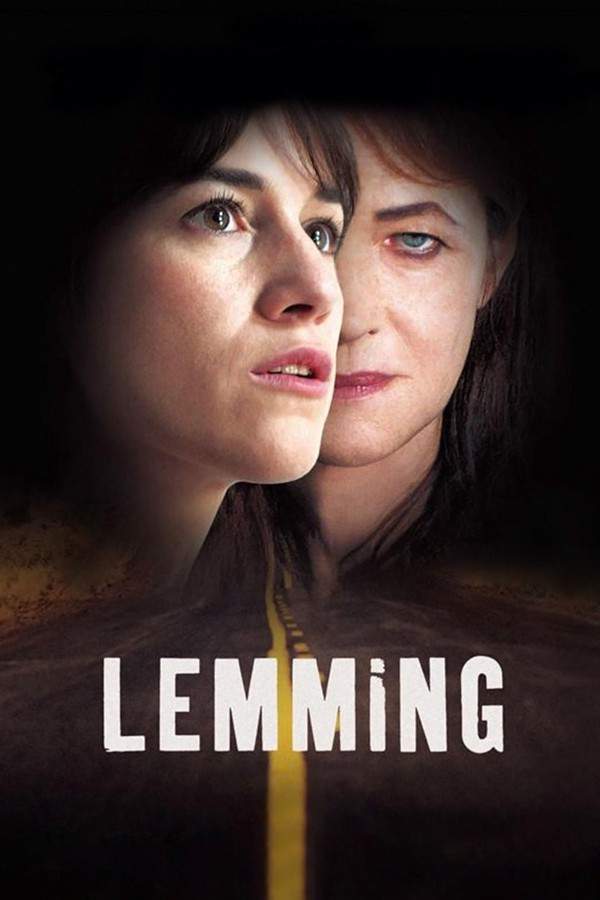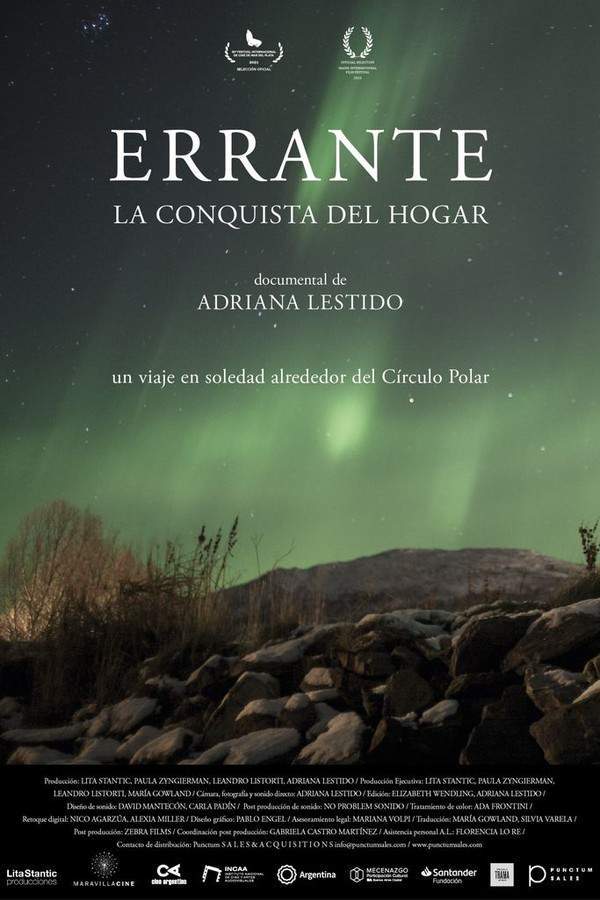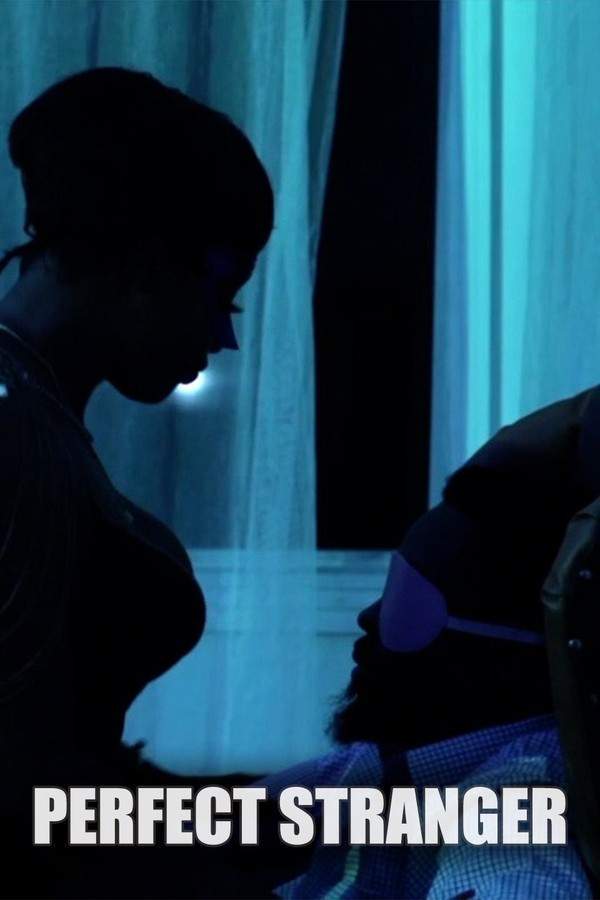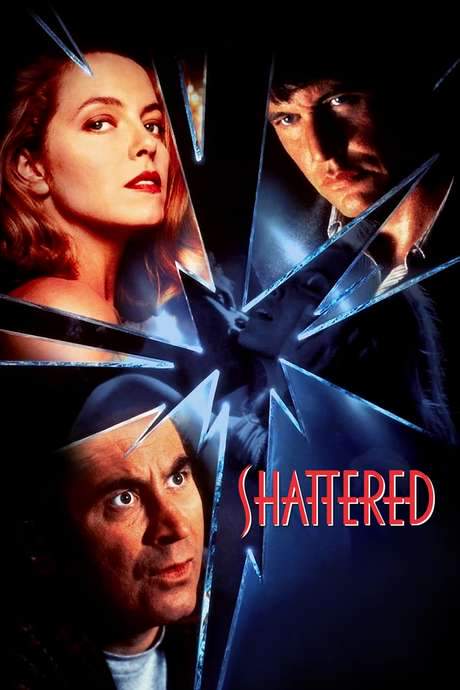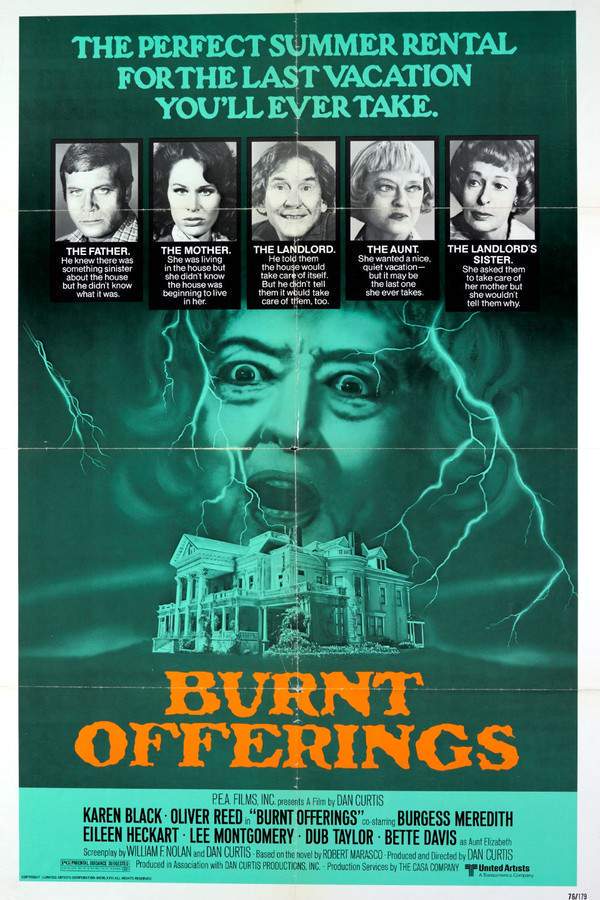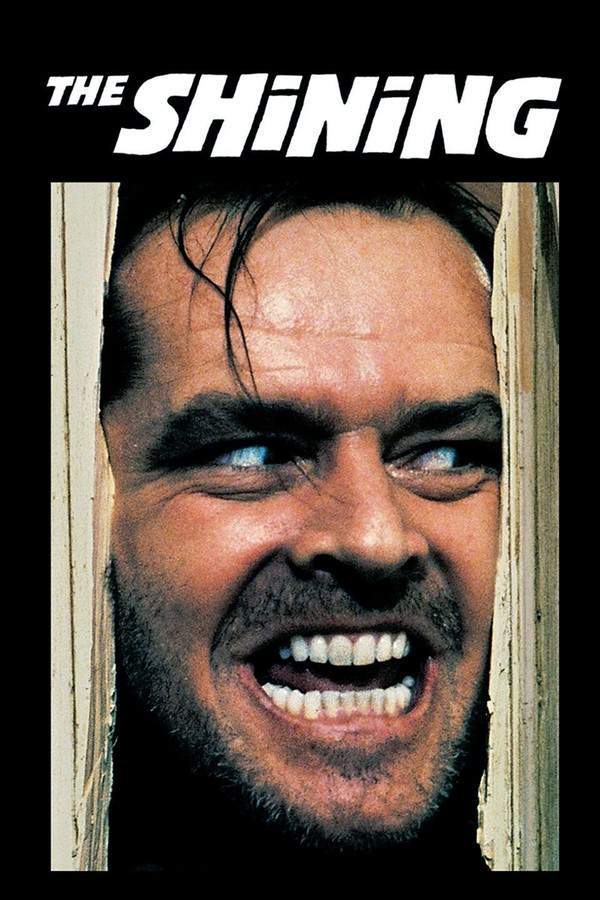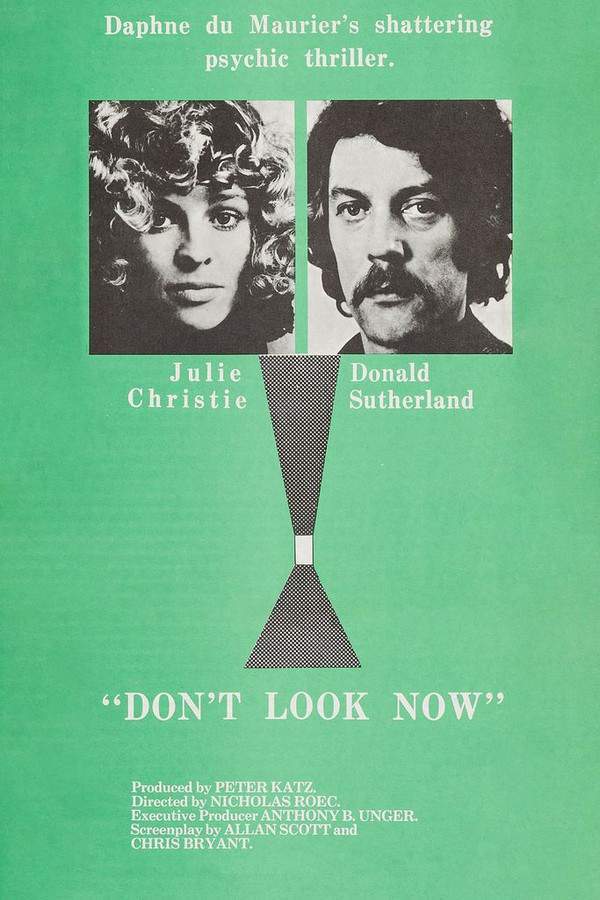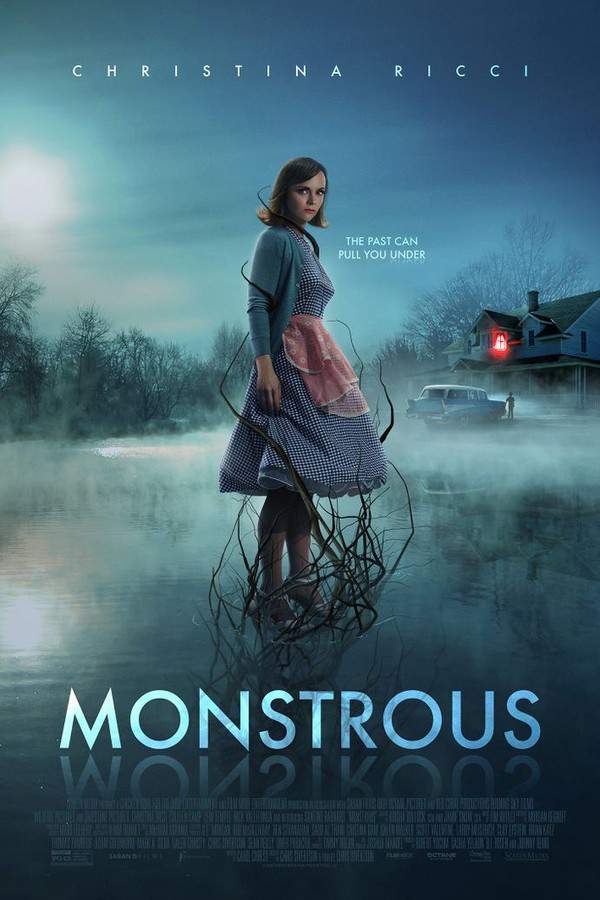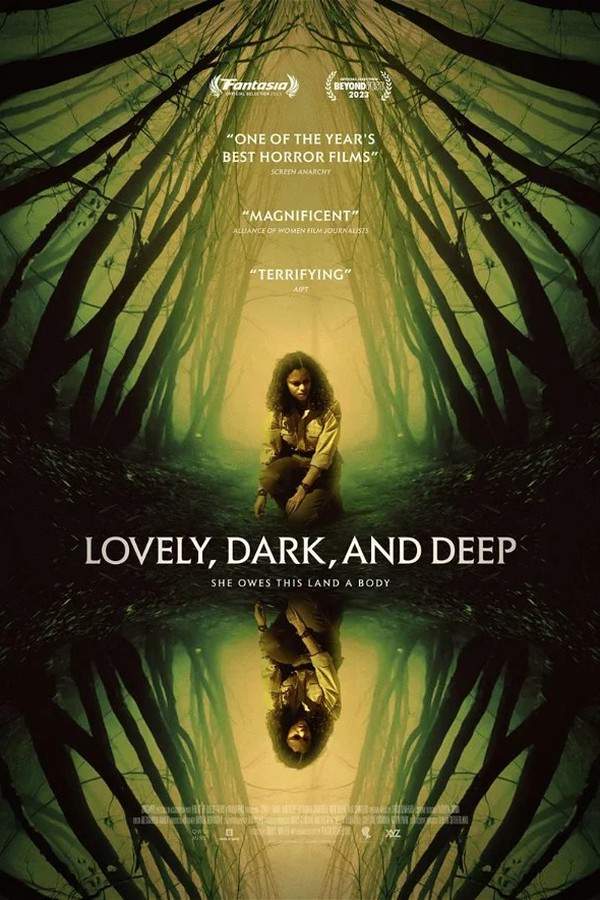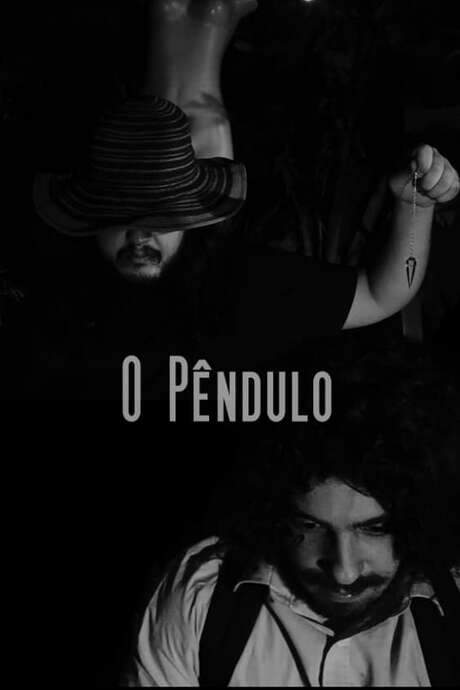
Spider Forest
Year: 2004
Runtime: 112 mins
Language: Korean
Director: Song Il-gon
In Spider Forest, memories fade. TV producer Kang Min arrives to film a documentary, finds a cabin with two brutal murders—his girlfriend Hwang Soo‑Young and colleague Choi Jong‑Pil. Feeling watched, he chases an unseen presence deeper into the woods, is knocked unconscious, awakens, pursues through a tunnel and is struck by a speeding car.
Spider Forest (2004) – Spoiler-Free Movie Summary & Plot Overview
Get a spoiler-free look at Spider Forest (2004) with a clear plot overview that covers the setting, main characters, and story premise—without revealing key twists or the ending. Perfect for deciding if this film is your next watch.
In a remote stretch of South Korea known only as the Spider Forest, the trees seem to breathe with a memory of their own. The dense canopy muffles sound, while the winding paths twist in ways that make time feel fluid and unreliable. The forest itself feels like a silent character, its shadows hinting at stories long forgotten and urging anyone who enters to question what is real and what is imagined.
Kang Min arrives as a TV producer eager to capture the mystique of the location for a documentary. His purpose is both professional and personal, as he brings along Hwang Soo‑Young, his girlfriend, and Choi Jong‑Pil, a trusted colleague. Their relationships provide a quiet anchor amid the unsettling surroundings, even as the forest seems to draw them deeper into an atmosphere where every rustle could be a whisper of the past.
The tone of the film is slow‑burning and atmospheric, favoring mood over exposition. As the trio moves through the woods, a pervasive sense of being watched takes hold, and the boundaries between waking life and dreamlike reverie begin to blur. Memory itself becomes unreliable, and the audience is invited to share the characters’ growing unease, feeling each fleeting glimpse of something just out of sight.
Against this backdrop, Kang Min must navigate not only the external mystery of the forest but also the internal maze of his own recollections. The story leans heavily on psychological tension, allowing the environment and fragmented memories to shape a narrative that asks whether truth can ever be untangled from the lingering echo of forgotten moments.
Last Updated: October 14, 2025 at 03:55
Explore Movie Threads
Discover curated groups of movies connected by mood, themes, and story style. Browse collections built around emotion, atmosphere, and narrative focus to easily find films that match what you feel like watching right now.
Psychological Thrillers with Unreliable Narrators like Spider Forest
Stories where the mind unravels and the line between memory and nightmare blurs.If you liked the disorienting, dreamlike mystery of Spider Forest, explore more movies like it. These psychological thrillers feature unreliable narrators and a blurred line between reality and memory, creating a deeply unsettling and intellectually challenging viewing experience similar to Spider Forest.
Narrative Summary
Narratives in this thread often begin with a traumatic event, such as a crime, that triggers a protagonist's fractured perception. The story unfolds in a non-linear or circular fashion, deliberately obfuscating timelines and facts. The central conflict is internal, as the character grapples with guilt, trauma, or madness, making the external investigation a metaphor for their psychological descent.
Why These Movies?
Movies are grouped here for their shared commitment to psychological disorientation. They prioritize mood and mental unraveling over straightforward plotting, using techniques like ambiguous endings and distorted perspectives to create a cohesive vibe of intellectual and emotional unease.
Slow-Burn Atmospheric Horror Movies like Spider Forest
A creeping, atmospheric tension that builds relentlessly towards an uncertain horror.For viewers who appreciated the slow-building, ominous atmosphere of Spider Forest, this collection features similar movies. These films use a slow pace to build palpable dread and psychological tension, prioritizing a powerful, unsettling mood over fast-paced action, much like the experience of Spider Forest.
Narrative Summary
The narrative journey is one of gradual immersion into a threatening atmosphere. The plot may unfold slowly, focusing on character psychology and environmental details that accumulate to create a sense of looming catastrophe. The payoff is often a revelation of psychological horror or a bleak, ambiguous conclusion rather than a conventional resolution.
Why These Movies?
These films are united by their shared pacing and mood. The slow, deliberate rhythm allows the atmosphere to saturate every scene, creating a cohesive viewing experience defined by anticipation and a deep, lingering sense of unease that prioritifies psychological impact over plot speed.
Unlock the Full Story of Spider Forest
Don't stop at just watching — explore Spider Forest in full detail. From the complete plot summary and scene-by-scene timeline to character breakdowns, thematic analysis, and a deep dive into the ending — every page helps you truly understand what Spider Forest is all about. Plus, discover what's next after the movie.
Spider Forest Summary
Read a complete plot summary of Spider Forest, including all key story points, character arcs, and turning points. This in-depth recap is ideal for understanding the narrative structure or reviewing what happened in the movie.

Spider Forest Timeline
Track the full timeline of Spider Forest with every major event arranged chronologically. Perfect for decoding non-linear storytelling, flashbacks, or parallel narratives with a clear scene-by-scene breakdown.

Characters, Settings & Themes in Spider Forest
Discover the characters, locations, and core themes that shape Spider Forest. Get insights into symbolic elements, setting significance, and deeper narrative meaning — ideal for thematic analysis and movie breakdowns.

More About Spider Forest
Visit What's After the Movie to explore more about Spider Forest: box office results, cast and crew info, production details, post-credit scenes, and external links — all in one place for movie fans and researchers.


